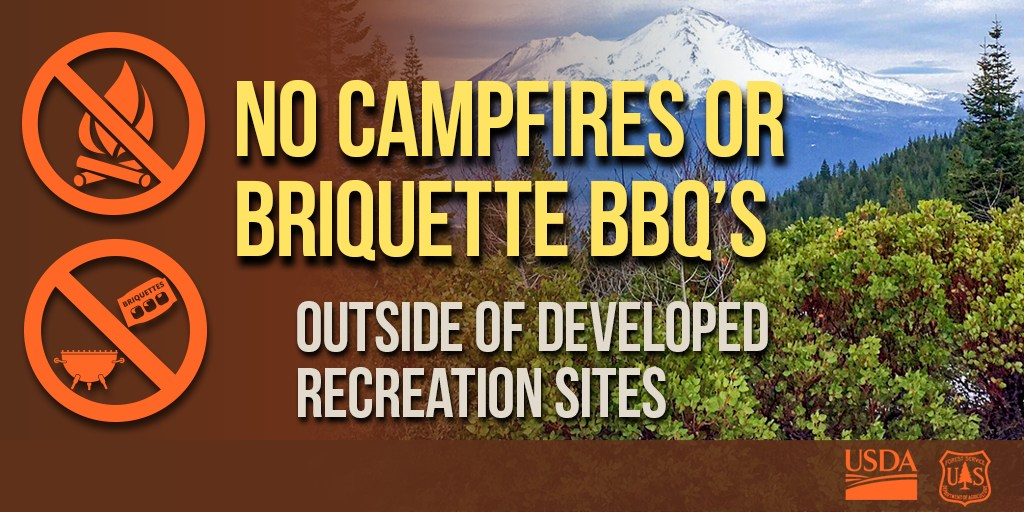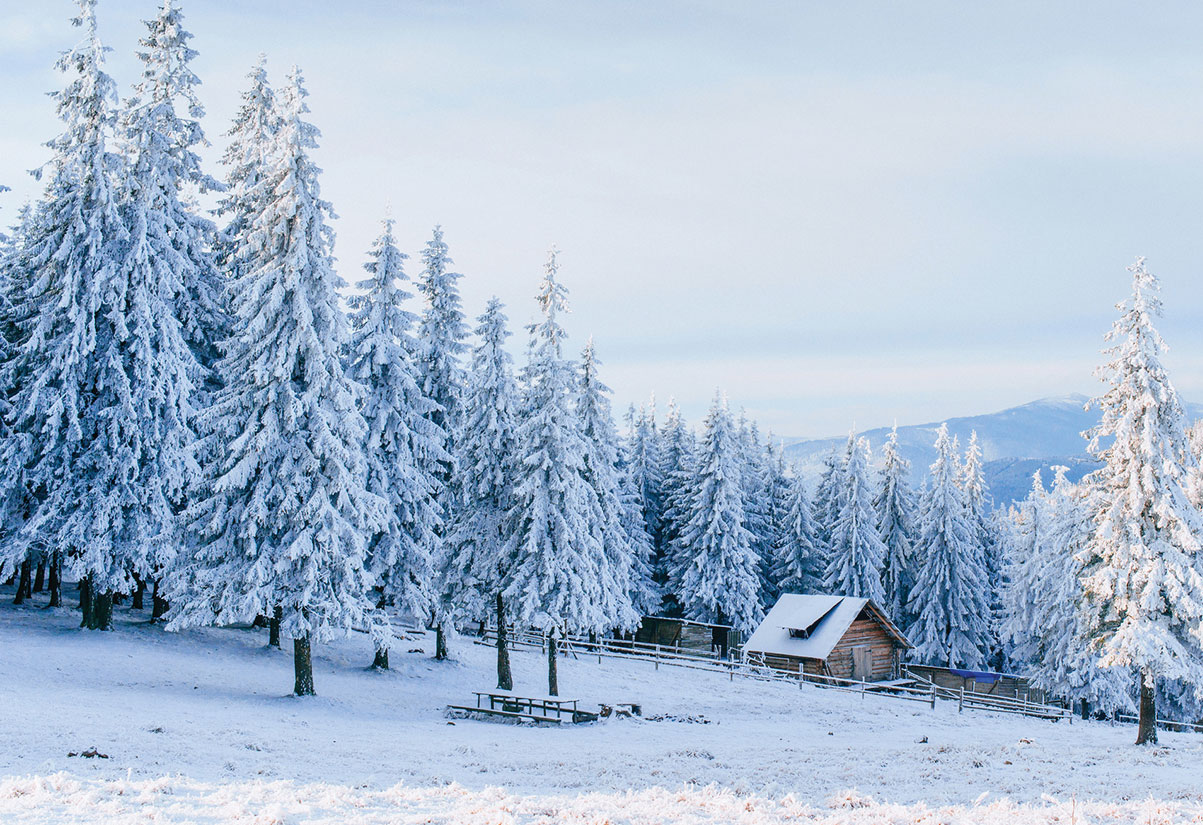Be Fire Safe
The Tahoe National Forest has implemented Stage 1 fire restrictions starting August 1 due to high fire danger from persistent hot and dry weather conditions. This means that campfires and barbecues are forbidden outside of developed recreation sites.
As we approach autumn in Lake Tahoe, it is important to take the steps to ensure that your property remains safe from the threat of wildfire. This takes a proactive and comprehensive approach that includes home safety preparation and emergency planning.
Here are some action steps you can to increase your home’s wildfire resilience:
Create Defensible Space: Maintain a defensible space around your home by clearing flammable vegetation, leaves, and debris. Create a buffer zone of at least 30 feet (or more in high-risk areas) between your home and surrounding vegetation.
Use Fire-Resistant Materials: If you’re building or renovating your home, use fire-resistant roofing materials, siding, and windows. Consider using non-combustible materials like metal, brick, or concrete, which can help reduce the risk of ignition.
Manage Landscaping: Choose fire-resistant plants for landscaping and maintain them regularly. Prune trees and shrubs to keep them from overhanging or touching your home.
Clear Gutters and Roofs: Regularly clean gutters, roofs, and rain gutters of dead leaves and debris, which can become fuel for a fire ember.
Install Spark Arresters: Install spark arresters on chimneys and stovepipes to prevent sparks from escaping and igniting nearby vegetation.
Enclose Eaves and Soffits: Use metal mesh or other fire-resistant materials to enclose the eaves and soffits to prevent ember intrusion into the attic or crawl space.
Install Ember-Resistant Vents: Use ember-resistant vents for attics and crawl spaces to reduce the risk of ember penetration.
Create a Water Source: Ensure you have an adequate and easily accessible water source to help firefighters and protect your property.
Develop an Evacuation Plan: Create a family evacuation plan and practice it regularly. Make sure everyone knows the escape routes and where to meet up if separated.
Use Fire-Resistant Fencing: If you have fences around your property, consider using fire-resistant materials or creating a “breakaway” section to prevent the fire from spreading.
Keep Flammable Items Away: Store firewood, propane tanks, and other flammable items at a safe distance from your home.
Install Fire-Safe Shutters: If you live in a wildfire-prone area, consider installing fire-safe shutters that can be closed to protect windows from radiant heat and embers.
Stay Informed: Keep yourself updated on wildfire warnings and local evacuation orders. Sign up for emergency alerts and notifications from local authorities. A great app that will alert you to a wildfire risk in your area can be found here.
Join Community Efforts: Get involved in your community’s wildfire preparedness efforts and participate in fire safety education programs. For more information, visit the CalFire website.
Remember, wildfire protection is a collective effort. Working with your neighbors and local community can make a significant difference in reducing the risk and impact of wildfires.




